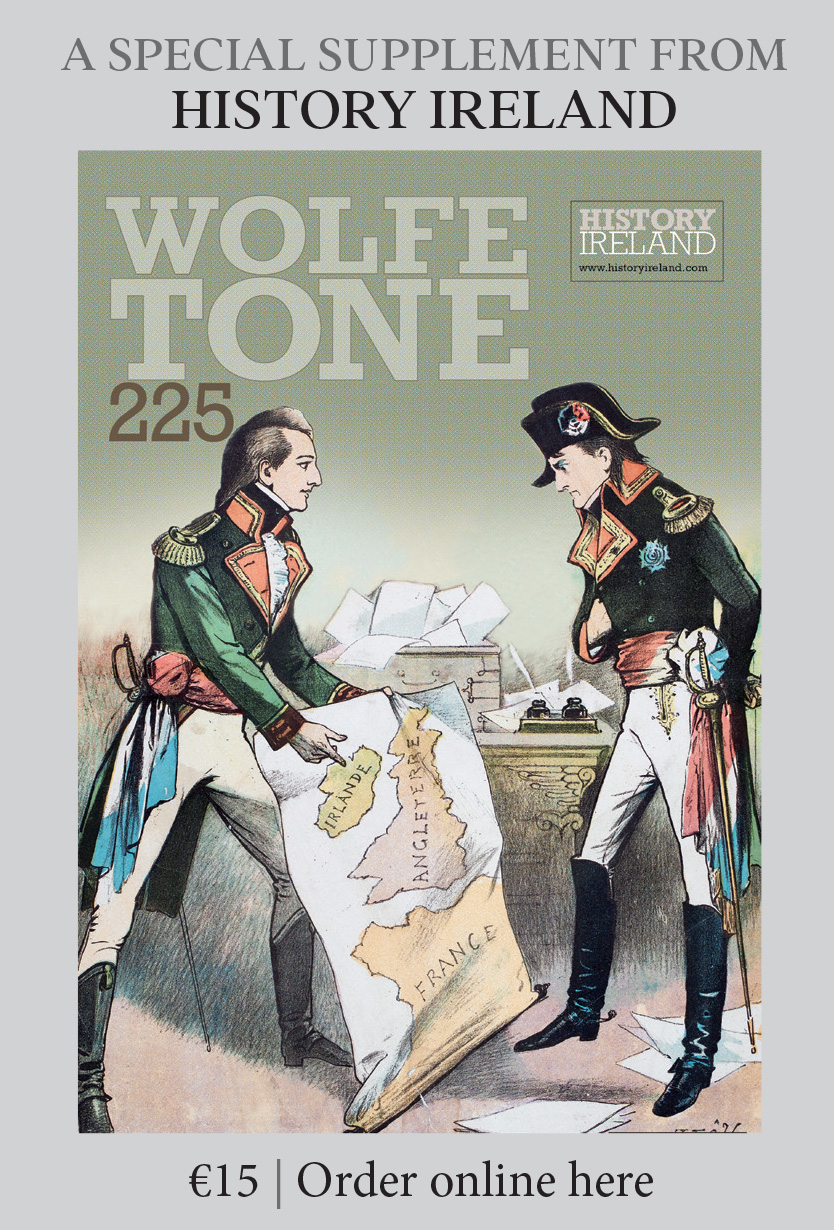December 9
Published in On this Day listing- 1968 Captain Terence O’Neill, prime minister of Northern Ireland, appealed for calm in his ‘Ulster at the Crossroads’ television address.
- 1960 D.A. Chart, archivist, historian and social scientist who was Deputy Keeper of the Public Records Office of Northern Ireland (1924–48), died.
- 1861 John O’Donovan, official with the Ordnance Survey (1830–42) and leading scholar in the areas of Irish topography, history, genealogy and language, died. His works include translations of the Brehon Laws and the Annals of the Four Masters (1848–51).
'
















